Google dedicated its homepage to the German-Jewish educator who was born today 105 years ago and worked to save many Jews during the Holocaust
Freddie Hirsch
Photography:
Terezin House Museum
Many are familiar with the name and story of Janusz Korczak, one of the great symbols of the Holocaust period when it comes to caring for and helping children.
A little less familiar (but certainly no less noteworthy and commemorative) is the story of Freddie Hirsch.
Today (Thursday), the Google company dedicated the daily Doodle, the changing illustration on its home page indicating personalities and historical events, to Hirsch - the German-Jewish educator who saved Jewish children during the Holocaust.
February 11 is Hirsch's birthday, if he had survived he would have celebrated 105 years of existence today.
This is one of the heroic figures of the Holocaust period, whose story resonated to which it deserves only many years later.
He was born in Germany in 1916 and as a young man connected with the local culture, especially when it came to fitness and body care, which was popular in the country.
He was a physical education teacher among Jewish communities in Germany, before fleeing to Czechoslovakia at the age of 19. This was after he was persecuted in his homeland also because of his sexual orientation: Hirsch was a declared homosexual who lived his life openly, an uncommon thing in his time.
In Prague he was in charge of the education of Jewish youth, and over time he gained more and more powers in dealing with youth activities in the city.
In his activities in Jewish sports associations, he is considered to have trained young Jews to immigrate to Israel, and instilled in them a sense of pride, mutual guarantee and teamwork.
In December 1941, Hirsch arrived in the Theresienstadt ghetto and, together with other Jews, undertook the organization and management of life in the ghetto.
There, too, he continued to work hard for children and youth, in an attempt to somehow preserve a sporty and hygienic lifestyle for them.
This is because he saw in maintaining the stability of their physical and mental condition as critical to their survival.
His activity and prominence in the field brought him into dialogue with the SS officers in the camp, with whom he sometimes negotiated living conditions there. As part of this he managed to obtain a playground for the children in the camp, and saved many children from extermination.
In September 1943, Hirsch was sent to the Auschwitz-Birkenau camp.
There, too, he continued to work for the conditions of the local youth, negotiating with the local officers and with Dr. Joseph Mengele. Among other things, the number 31 children's block was managed, well-kept and well-equipped in the camp blocks, and he conducted educational activities on history, art and geography. And organized sports competitions.
In March 1944, Hirsch said goodbye to many of his campers, after being told that they were being transferred to the Heidebreck camp, but were in fact taken to their deaths.
He was faced with the decision of whether to lead a revolt in the ghetto, as members of the resistance movement in the camp tried to convince him, knowing that they were being led to their deaths.
After turning to solitude to ponder the decision, he was found dead that day and his death was determined as suicide as a result of an overdose of sedative pills.
The theories surrounding his death are different and varied, with some believing that he was drugged to death by Jewish camp doctors, in order to prevent the revolt - which would have brought annihilation on them and the rest of the camp.
His body was cremated that evening.
His extensive work to improve living conditions in the camps and the logistical and psychological assistance he provided to the young people in them, were immortalized in Ruby Gat's 2017 documentary.
Many of his surviving trainees appear in the film, telling of Hirsch's captivating charisma, as well as the resourcefulness, initiative and exceptional leadership abilities he possesses.
It further claimed that it helped children maintain a sense of self-esteem and human warmth, even at the most horrific and shameful point known to mankind.

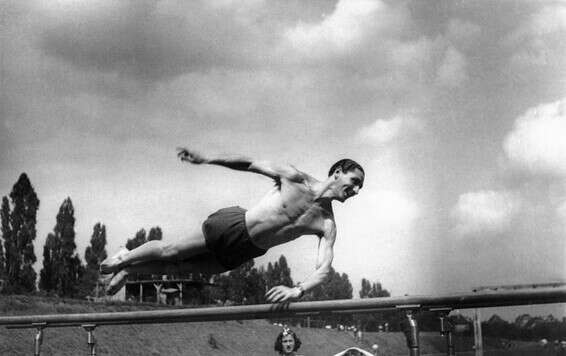

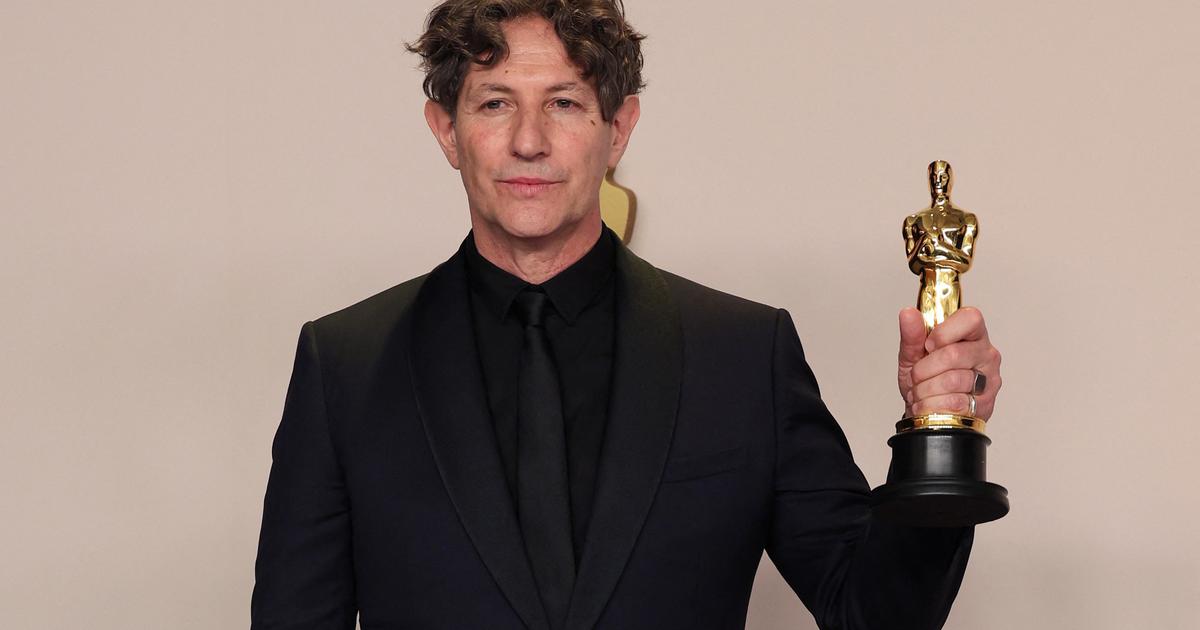
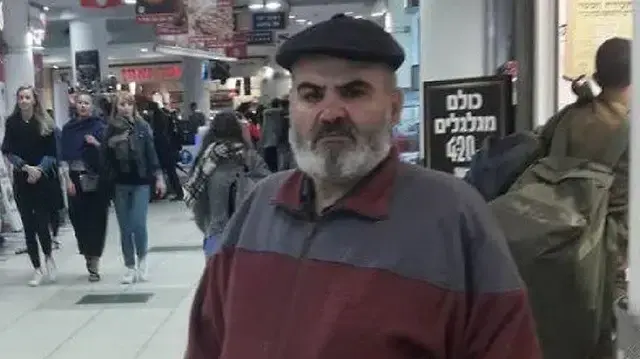
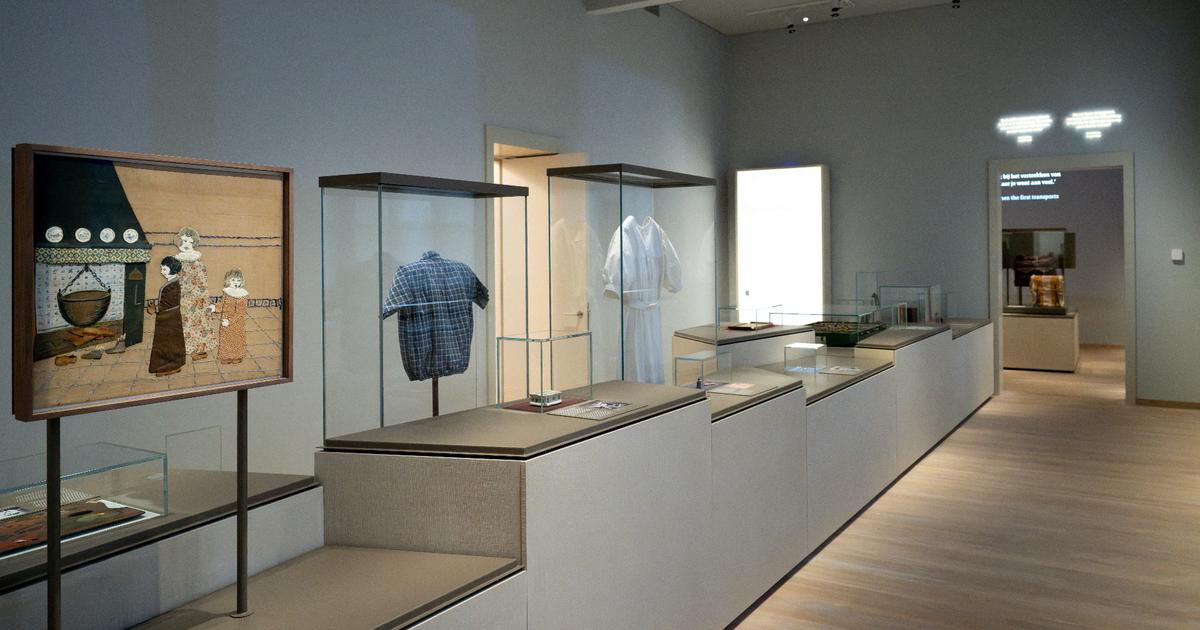

/cloudfront-eu-central-1.images.arcpublishing.com/prisa/OFIE3IOCHJH4RI645WWWIXYPFM.jpg)
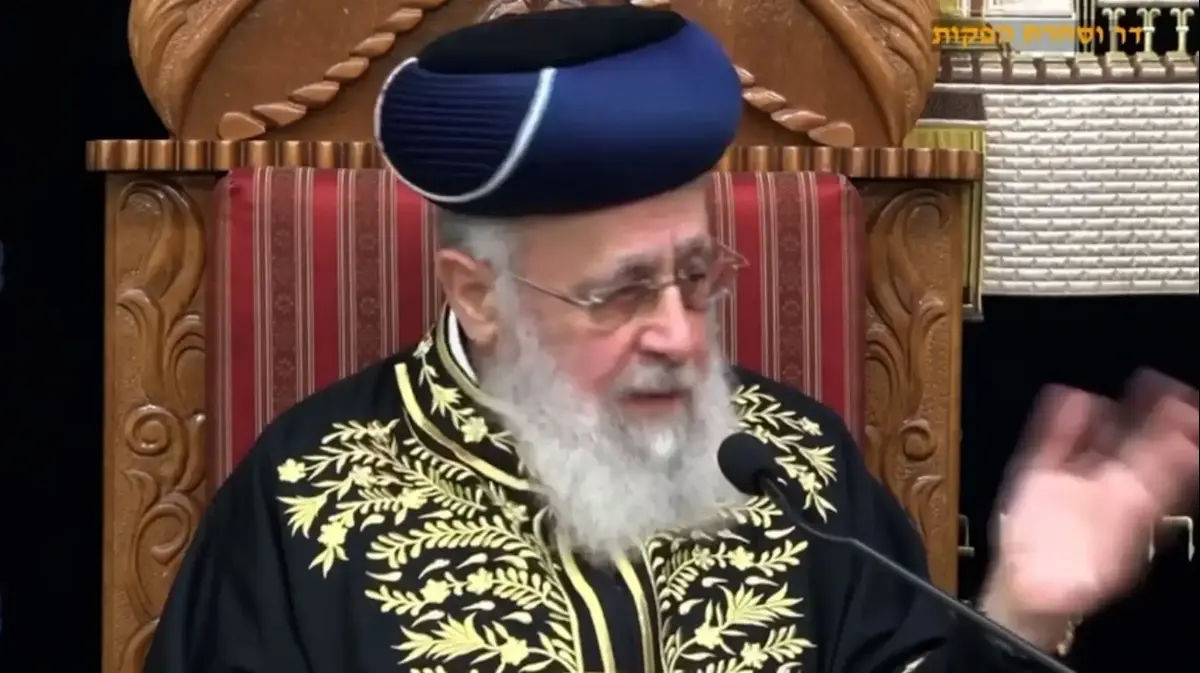

/cloudfront-eu-central-1.images.arcpublishing.com/prisa/S7UVDTX7DREC7DXVCZN6MEKGBY.jpg)




